In writing my most recent book Fight Write, Round Two: Crafting Chaos, Combat and Crime, I took a deep dive into autopsies. If an autopsy is your work, this post is for you!
The word autopsy comes from the Greek word autopsia which means, “to see for one’s own eyes.” Auto – self, opsis – sight. In forensic speak, it may also just be called a post mortem, from the Latin “after death.”
Before we get to what happens in an autopsy, let’s get a few things out of the way.
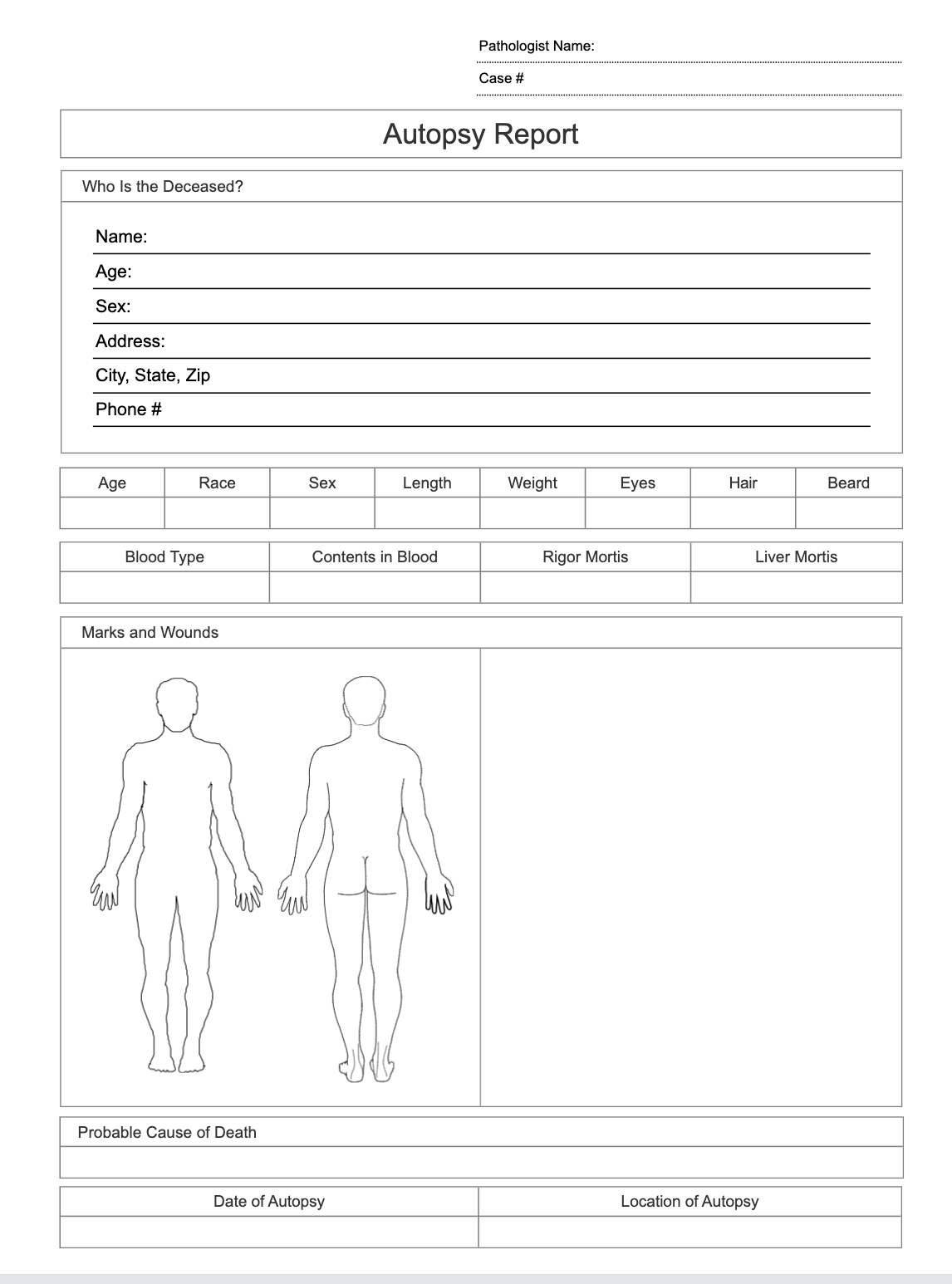
Why an autopsy?
Autopsies may be formed for several reasons such as:
- When the death is suspicious
- When there’s a public health concern such as with a pandemic
- When a doctor, family member or legal representative requests one
- To gather evidence
- To confirm a diagnosis
- To determine the cause of death
- To conduct research or for academic purposes such as at a medical school
Who performs autopsies?
If the autopsy is ordered by the state, it may be done by a county coroner who is not necessarily a doctor. Clinical autopsies, done to determine cause of death, are done by pathologists. Pathologists are medical doctors with extra training in lab techniques used to study diseases. A medical examiner who does an autopsy is usually a pathologist. The assistant to whomever is doing the autopsy is knowns as a diener, a German word meaning “servant.”
How much is an autopsy?
Autopsies cost between $3,000 – $5,000[1]. And there may be a charge to transport the body to the autopsy site. Autopsies are not paid for by most insurance plans as insurance tends to end at death. (go figure) But, teaching hospitals may not charge as much if at all. If an autopsy is required in connection to a crime, it is paid for by tax dollars.
Can family members block it?
In some states, if family members can prove that autopsy would be against the deceased’s faith, it can be blocked UNLESS it is part of a criminal investigation, if the death is related to a major health crisis or there is a formal petition from the court.[2]
Is an autopsy bloody?
Not really. There is blood present in the body but it is not pumping. It also will have coagulated a bit. Blood loss can be anything from .1 liters/3.3 ounces to 1.3 liters/43 ounces or 5.3 cups[3]. If it escapes the body it will drain from the exam table through a drain and will be collected in a receptacle.
How is an autopsy performed?
Autopsy procedure begins very generally and gets increasingly specific. All observations are written down and recorded verbally. It is best to perform an autopsy within 24 hours of death. What happens in an autopsy is pretty linear and from a medical and forensic standpoint, there’s can’t be much deviation.
- External examination of the body as well as clothes on the body if there were any present. Height, weight, eye color, hair color, ethnicity, gender and approximate age are noted. All of these may be used to identify the body.
- X-rays are done to assess bone abnormalities or the presence of foreign objects.
- Hair and nail samples are taken.
- Internal examination includes examining the brain, chest and abdominal cavities.
- Prior to beginning the autopsy, a rubber block is placed under the torso to arch the back and extend the body
- The chest and abdominal cavities are accessed with a Y or U shaped incision which starts at the shoulder joints. If the incision is Y shaped, the shoulder incisions will meet at the sternum and go down to the pubic bone. In women, the top arms of the Y incision should go under not over the breasts.[4] This is a common error on screen.
- Organs are all observed whole and in place, or in situ.
- Ribs are breached with bolt cutters. If fluid is present in the chest cavity, it is removed, measured and weighed. Organs are again observed untouched.
- Major organs (heart, lungs, liver, stomach, and spleen) are removed, observed and weighed. Blood and tissue samples are taken. Contents of the stomach are removed and can be used to help determine time of death. Fecal matter is collected as well. The lungs may be inflated and fluids such as bile, urine, vitreous gel from the eyes may be collected.
- Before accessing the brain, the rubber block is removed from under the body and the neck is placed on a support. The skull is breached with an incision ear to ear over the crown of the head, the skin is peeled back and then a special saw is used to remove the cap of the skull. Brain tissue is the consistency of firm tofu.[5]
- Organs are weighed and examined for abnormalities.
- Any samples taken from organs may be placed in paraffin to be more easily sliced later for microscopic slides.[6]
- When the autopsy is complete, organs are returned to the body except any that need to be preserved for further examination or evidence. The organs can also be cremated, whatever the family or the faith of the deceased determines. Before being returned to the body, the organs are put into a bag to prevent leakage. The entire bag(s) are put back into the body. Yes, really. The body may also be lined with cotton or wool.
- The breast bone and skull cap are put back in place.
- The body is sewn shut with a baseball stitch that look like stitches on a baseball. Thus, the name.
- The body is washed for the mortician.
And there you have it. That’s what happens in an autopsy. The bagging of organs surprised me! Who knew??? Choose the thumbnail below to go to a youtube video all about autopsies.
Until the next round at FightWrite™, get blood on your pages!
[1] https://www.pbs.org/wgbh/pages/frontline/post-mortem/things-to-know/autopsy-101.html#:~:text=A%20private%20autopsy%20by%20an,and%20from%20the%20autopsy%20facility.
[2] https://science.howstuffworks.com/5-things-didnt-know-about-autopsies.htm
[3] https://pubmed.ncbi.nlm.nih.gov/15075683/
[4] https://www.livescience.com/32789-forensic-pathologist-perform-autopsy-csi-effect.html
[5] https://www.livescience.com/32789-forensic-pathologist-perform-autopsy-csi-effect.html
[6] https://www.youtube.com/watch?v=aqzC9Cb_VVM





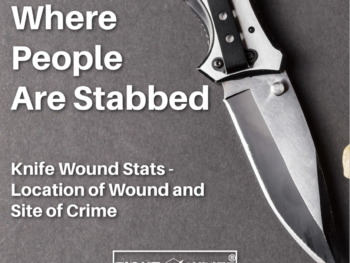



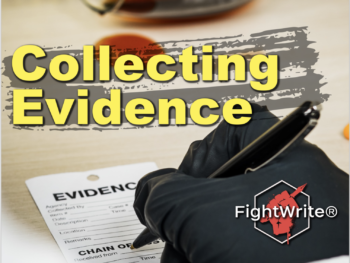
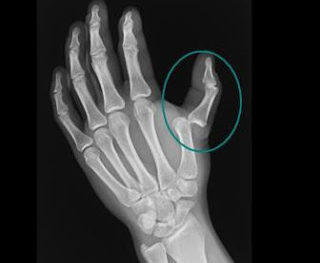
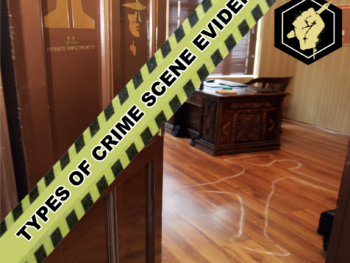

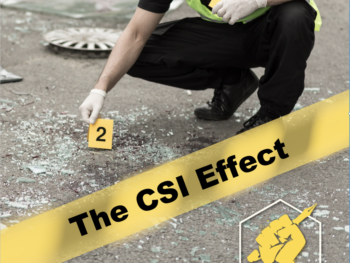
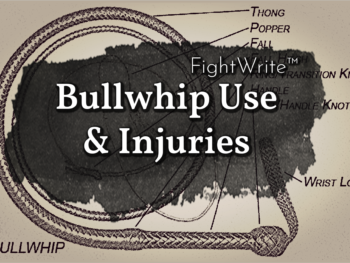
I went over this website and I think you have a lot of superb information, saved to bookmarks (:.
Please let me know if you’re looking for a author for your weblog. You have some really great articles and I believe I would be a good asset. If you ever want to take some of the load off, I’d love to write some articles for your blog in exchange for a link back to mine. Please send me an email if interested. Cheers!
I like the valuable info you supply in your articles. I’ll bookmark your weblog and check again here frequently. I’m slightly certain I will be informed many new stuff proper here! Best of luck for the following!
You are my breathing in, I possess few web logs and rarely run out from post :). “Analyzing humor is like dissecting a frog. Few people are interested and the frog dies of it.” by E. B. White.
As I web-site possessor I believe the content matter here is rattling great , appreciate it for your hard work. You should keep it up forever! Good Luck.
Whats Taking place i’m new to this, I stumbled upon this I’ve discovered It absolutely helpful and it has aided me out loads. I hope to give a contribution & aid other customers like its helped me. Good job.
Well I truly enjoyed studying it. This subject procured by you is very effective for correct planning.
A powerful share, I just given this onto a colleague who was doing a little bit analysis on this. And he in fact purchased me breakfast because I found it for him.. smile. So let me reword that: Thnx for the treat! However yeah Thnkx for spending the time to debate this, I really feel strongly about it and love reading extra on this topic. If potential, as you become experience, would you thoughts updating your blog with more details? It’s highly useful for me. Massive thumb up for this weblog put up!
I don’t usually comment but I gotta admit appreciate it for the post on this amazing one : D.
I regard something truly special in this internet site.
wonderful points altogether, you just gained a new reader. What would you recommend in regards to your post that you made some days ago? Any positive?
We’re a gaggle of volunteers and opening a brand new scheme in our community. Your web site offered us with valuable information to work on. You’ve performed an impressive activity and our entire group will probably be thankful to you.
I’ll right away take hold of your rss feed as I can’t in finding your email subscription hyperlink or e-newsletter service. Do you’ve any? Kindly permit me realize in order that I may just subscribe. Thanks.
I am no longer positive where you are getting your information, however great topic. I must spend some time learning more or understanding more. Thanks for great info I was searching for this info for my mission.
Hi would you mind sharing which blog platform you’re working with? I’m going to start my own blog soon but I’m having a difficult time choosing between BlogEngine/Wordpress/B2evolution and Drupal. The reason I ask is because your design and style seems different then most blogs and I’m looking for something completely unique. P.S Sorry for getting off-topic but I had to ask!
This really answered my problem, thank you!
Excellent blog here! Also your web site loads up fast! What host are you using? Can I get your affiliate link to your host? I wish my website loaded up as quickly as yours lol
I like this weblog so much, saved to bookmarks. “American soldiers must be turned into lambs and eating them is tolerated.” by Muammar Qaddafi.
I think this web site has very excellent written written content blog posts.
I enjoy what you guys tend to be up too. This kind of clever work and exposure! Keep up the superb works guys I’ve you guys to my own blogroll.
My partner and I stumbled over here coming from a different web address and thought I should check things out. I like what I see so now i am following you. Look forward to looking over your web page again.